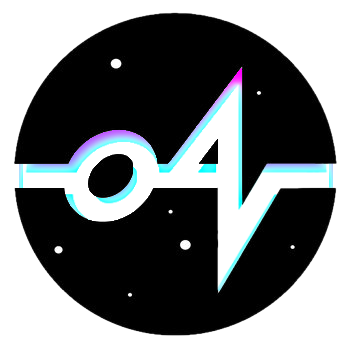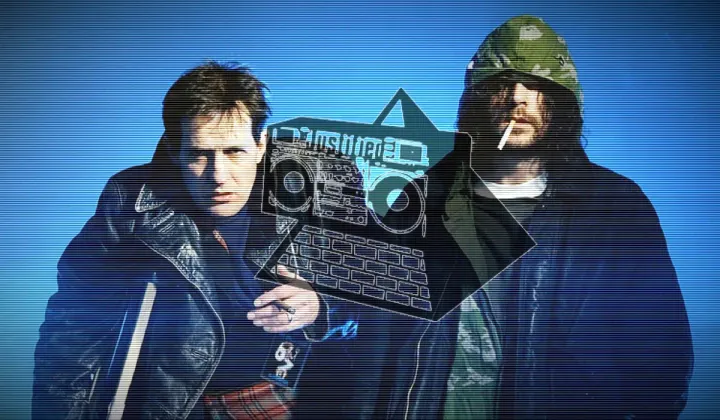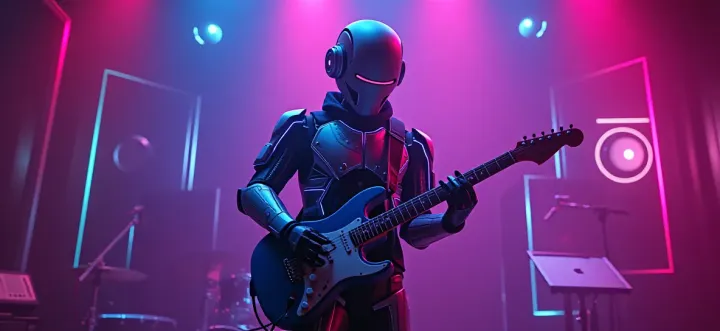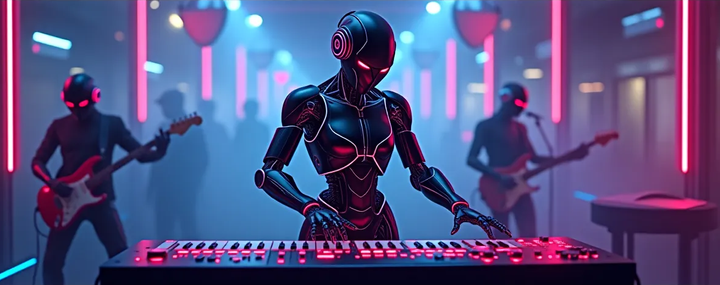Neon Dreams: Kavinsky and the Digital Soul of Synthwave
A journey into the neon-soaked world of Kavinsky, where digital dreams meet analog soul. From midnight drives to Olympic stages, this piece explores how one artist captured the magic of 1980s nostalgia
The first time I heard "Nightcall," I was driving through city streets at midnight. Rain tapped against the windshield, streetlights bleeding into prismatic streaks across the glass. The song's pulsing synthesizers and haunting vocals transformed an ordinary drive into something cinematic. That's the magic of Kavinsky – he doesn't just make music; he creates moments that feel stolen from a neon-lit parallel universe.
Vincent Belorgey, the man behind Kavinsky, understands something profound about nostalgia. His music captures not just the sound of the 1980s, but its digital dreams. Born in 1975 in Paris, Belorgey crafted an alter ego that speaks to anyone who grew up bathed in the glow of arcade screens and VHS static – a mysterious figure who crashed his Ferrari Testarossa in 1986, only to return as an undead entity making electronic music.
The 2010 release of "Nightcall" marked a turning point for electronic music. Co-produced with Daft Punk's Guy-Manuel de Homem-Christo, the track became more than a song; it became the cornerstone of a movement. When it appeared in 2011's "Drive," the synth-heavy soundtrack merged perfectly with the film's rain-slicked streets and electric atmosphere.
What makes Kavinsky's music resonate so deeply? Perhaps it's how he blends familiar elements – the warm hum of analog synthesizers, the dramatic chord progressions of John Carpenter films, the energetic pulse of arcade soundtracks – into something that feels both classic and startlingly new. His 2013 album "OutRun" (named after the Sega classic) isn't just a collection of tracks; it's a complete audio world.
The genius of Kavinsky lies in understanding that nostalgia isn't about perfect recreation – it's about capturing the feeling of a moment. His music reminds me of late nights in video arcades, the buzz of neon signs mixing with electronic bleeps and bloops, creating an atmosphere that felt like stepping into another dimension.
After "OutRun," Kavinsky went silent for seven years. The synthwave scene he helped pioneer continued growing, spawning countless artists and evolving into a full-fledged cultural movement. His 2022 return with "Reborn" proved that his influence hadn't dimmed. The album pushed his sound forward while maintaining that essential connection to digital dreams of decades past.
His impact extends far beyond music. Watch any retro-inspired media today – from "Stranger Things" to indie games – and you'll feel Kavinsky's influence. His aesthetic vision helped shape how we remember and reimagine the 1980s, creating a blueprint for nostalgic storytelling that feels authentic rather than derivative.
Most recently, Kavinsky's performance at the 2024 Paris Olympics closing ceremony brought his unique vision to a global stage. Performing "Nightcall" alongside Phoenix and Angèle, he demonstrated how synthetic sounds can carry genuine emotional weight, bridging generations and cultures through shared digital memories.
For those who never experienced the original era Kavinsky draws from, his music offers something equally valuable – a portal to an idealized past that never quite existed but feels real in our collective imagination. It's not about historical accuracy; it's about emotional truth.
Sitting here, writing this with synthesizer waves washing through my headphones, I'm struck by how Kavinsky's music continues to transport listeners to that special place where memory meets imagination. In an age of endless digital innovation, his work reminds us that sometimes the most futuristic sounds are the ones that connect us to our past.



